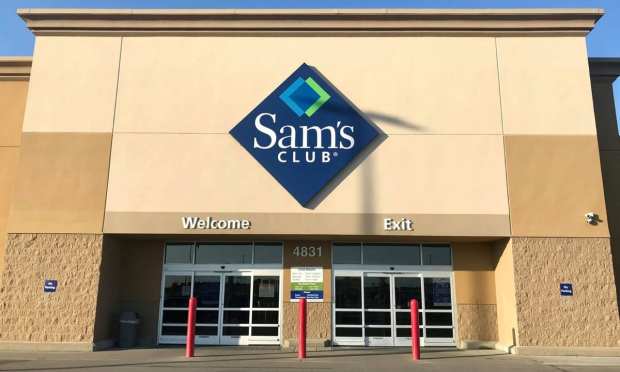Sam’s Club Accepts SNAP Purchases for Scan & Go

Sam’s Club has announced that customers will now be able to use federal supplemental nutrition benefits to pay for purchases digitally and avoid checkout lines, a report from Winsight Grocery Business said Tuesday (March 8).
It will make Sam’s Club the first big retailer to support digital electronic benefits transfer (EBT) payment for SNAP transactions inside its stores through its Scan & Go service.
Walmart was previously among the first retailers to start taking EBT SNAP payments for online grocery orders via a pilot program with the USDA. Sam’s Club has reportedly taken its cues from that.
Sam’s Club and Walmart debuted Scan & Go in 2017 at some stores, with Sam’s Club filing a patent for the Scan & Go tech in 2019. The tech allows users of the retailer’s mobile app to fill their cart and scan their phones to exit the store, with the receipt coming through digitally.
“Each week we receive thousands of written comments from members, including what’s working well and what they would like to see in the future,” Sam’s Club Principal Product Manager Lars Rehder said in a news release. “One request from our members is including EBT SNAP as a payment option within Scan & Go on our mobile app.”
Rehder added that as the company wanted to expand digital EBT SNAP payments, Sam’s Club has been working with payment processors that handle the USDA Food and Nutrition services and SNAP transactions.
In addition, Amazon has debuted its Just Walk Out to its Amazon Fresh grocery stores and elsewhere, though customers haven’t been able to make use of EBT and checkout-free tech together yet, the report said.
Read more: Sam’s Club’s Scan & Ship Tech Pairs In-Store Shopping Benefits With ‘Bring It To Me’ Ease
PYMNTS wrote that Sam’s Club announced its plans for its Scan & Go feature Scan & Ship last year, which was intending to let shoppers scan items in-store for automatic shipping through its smartphone app.
The report said this was supposed to give customers more control over their shopping experience.
The program intended to open up new options for customers trying to buy big items like furniture or TVs.